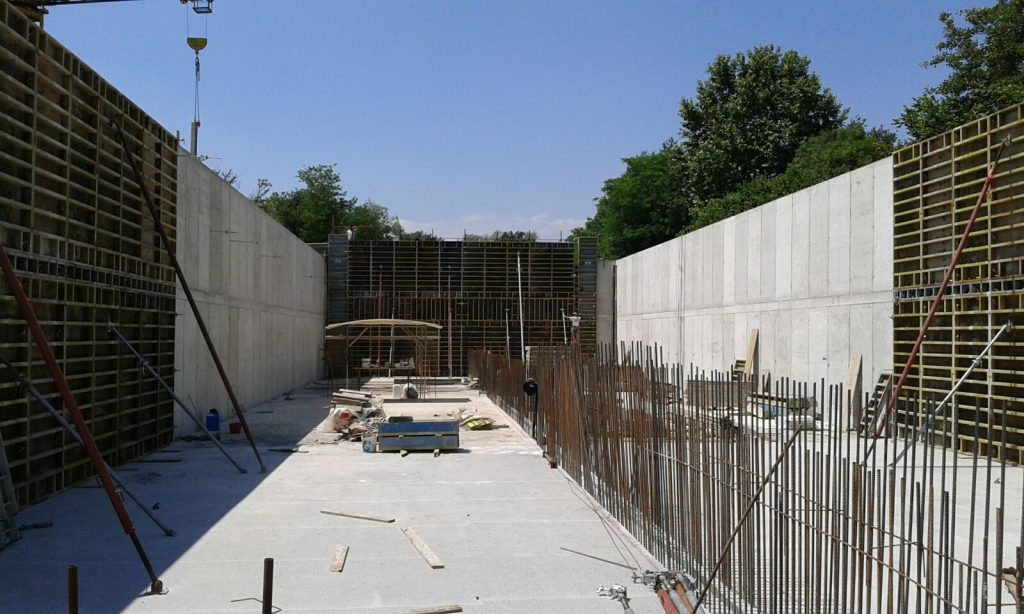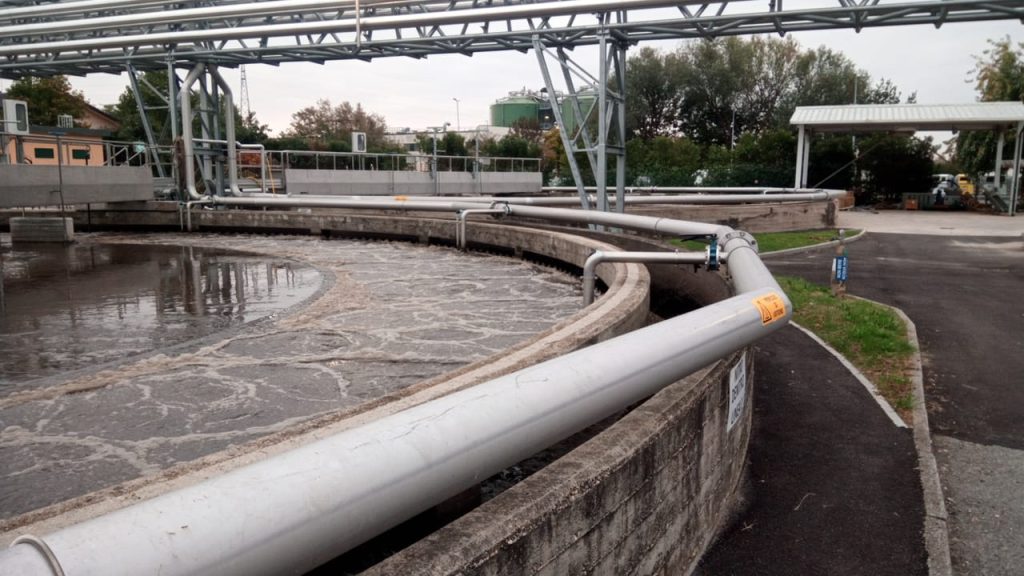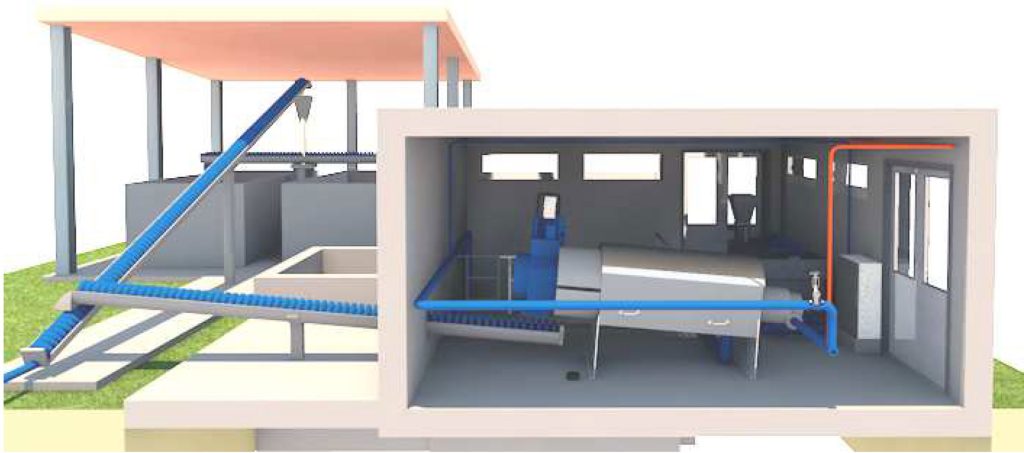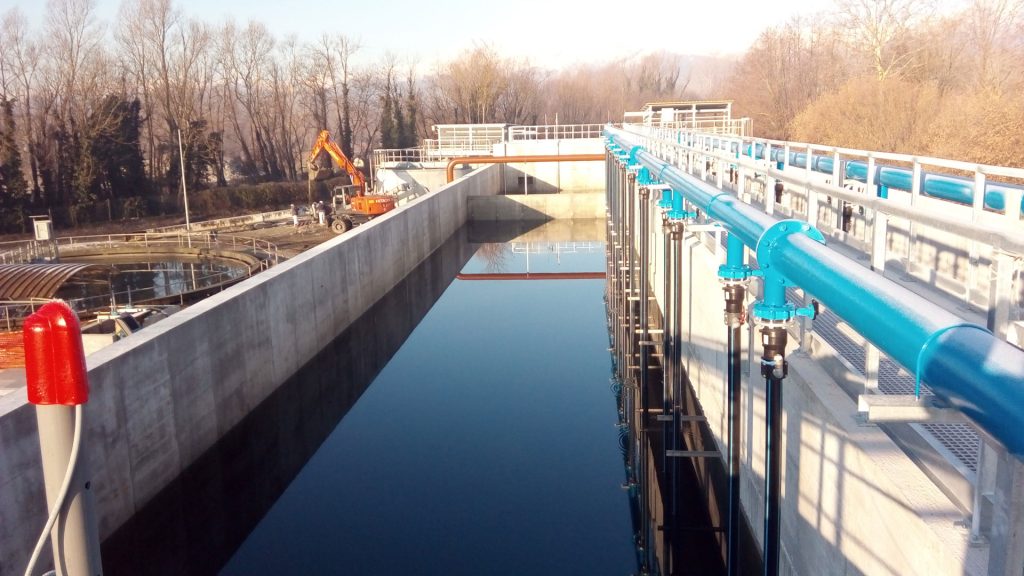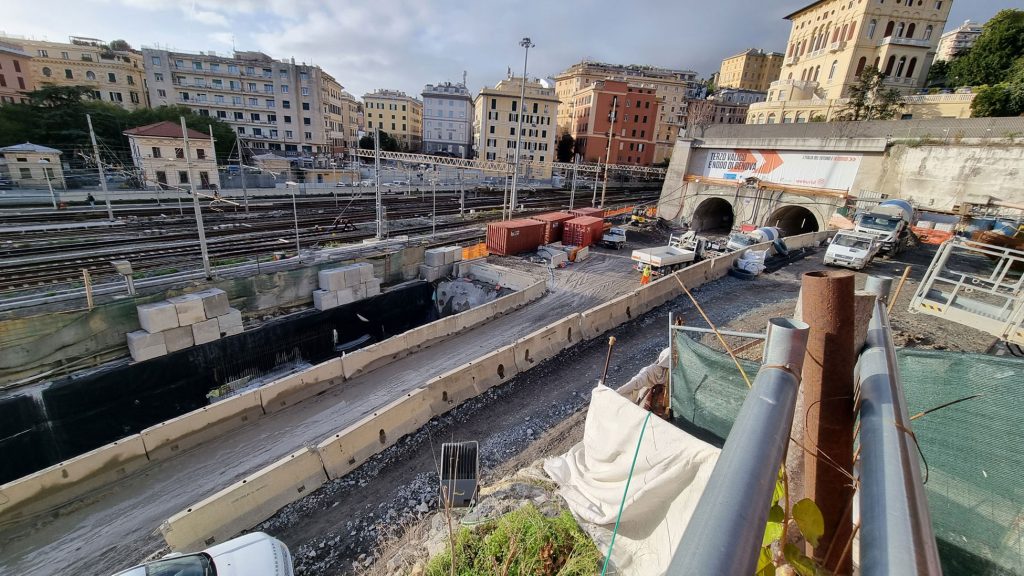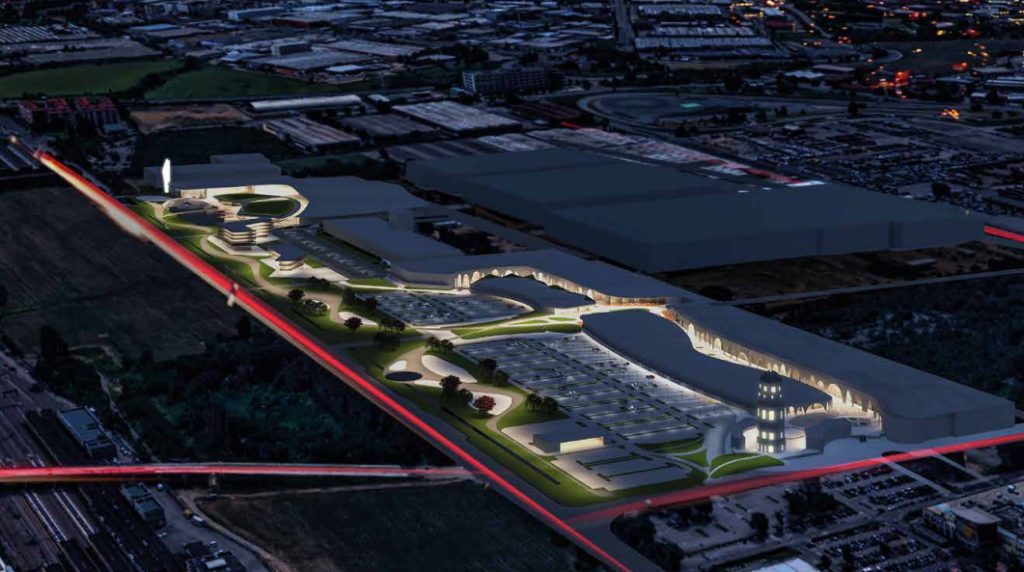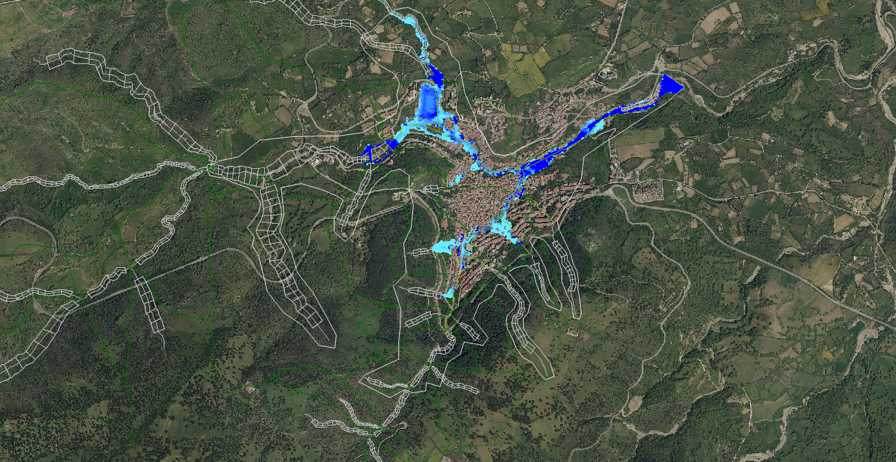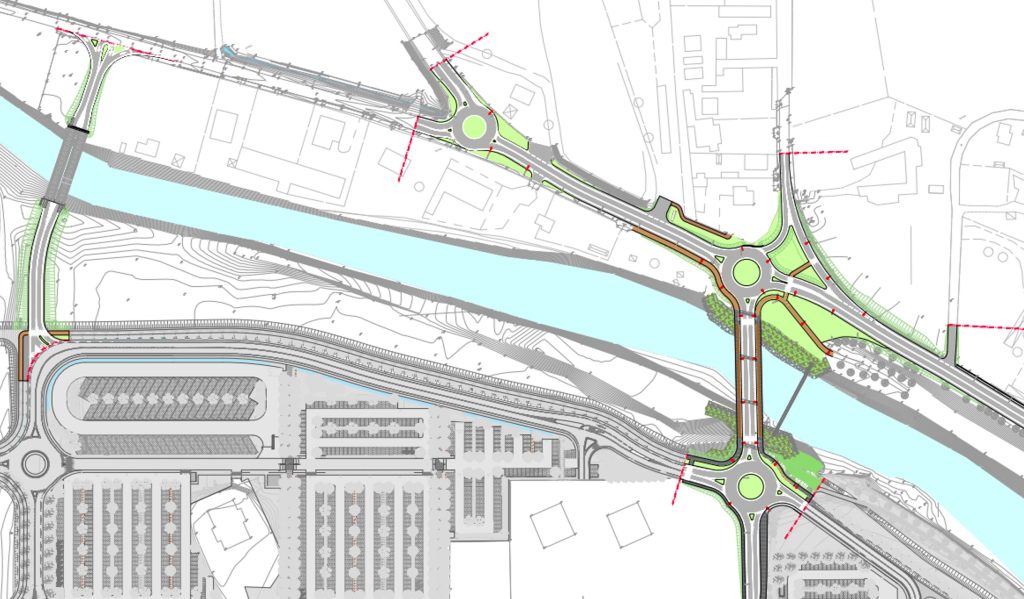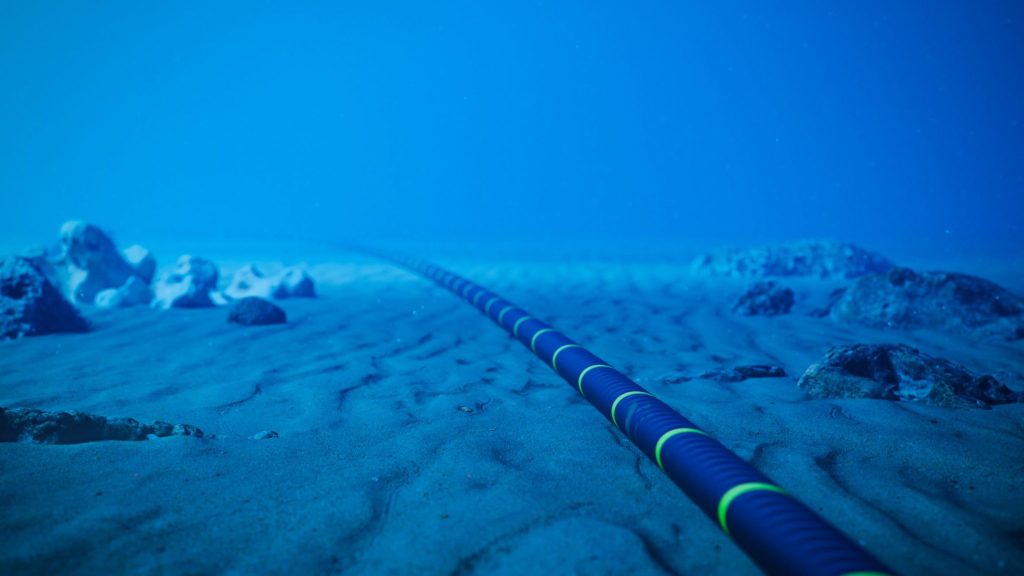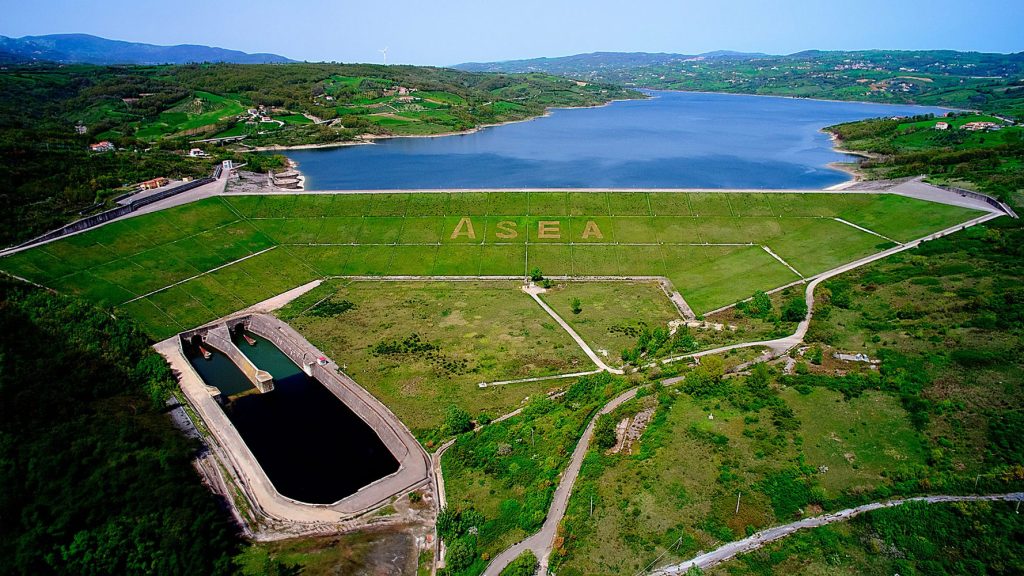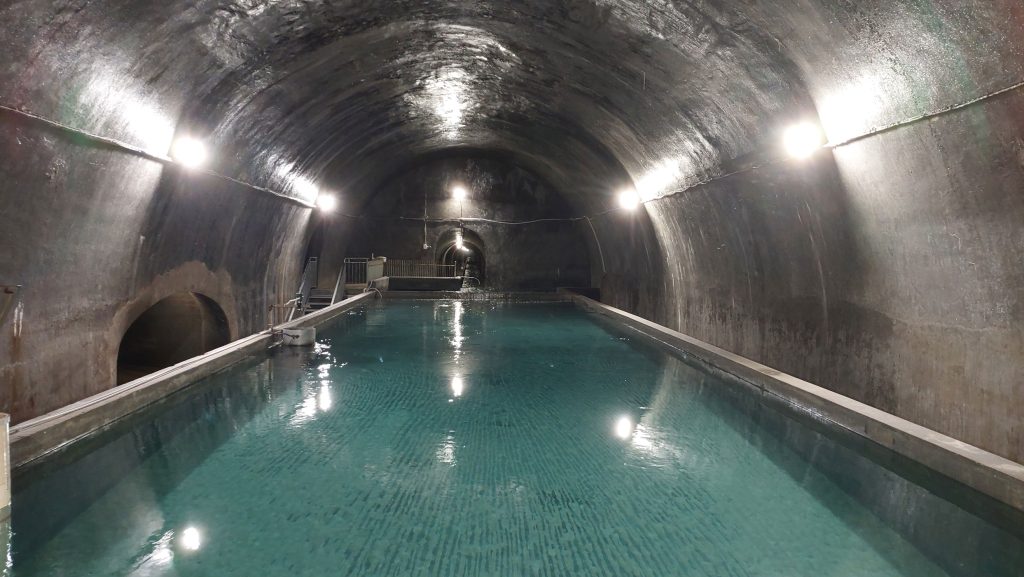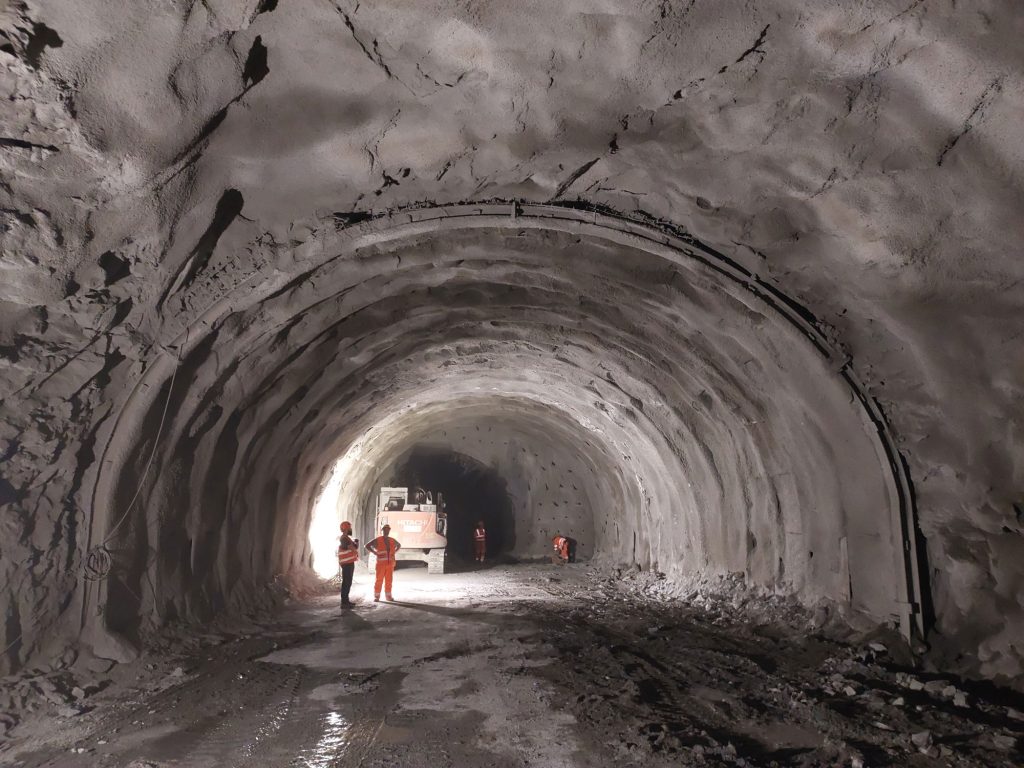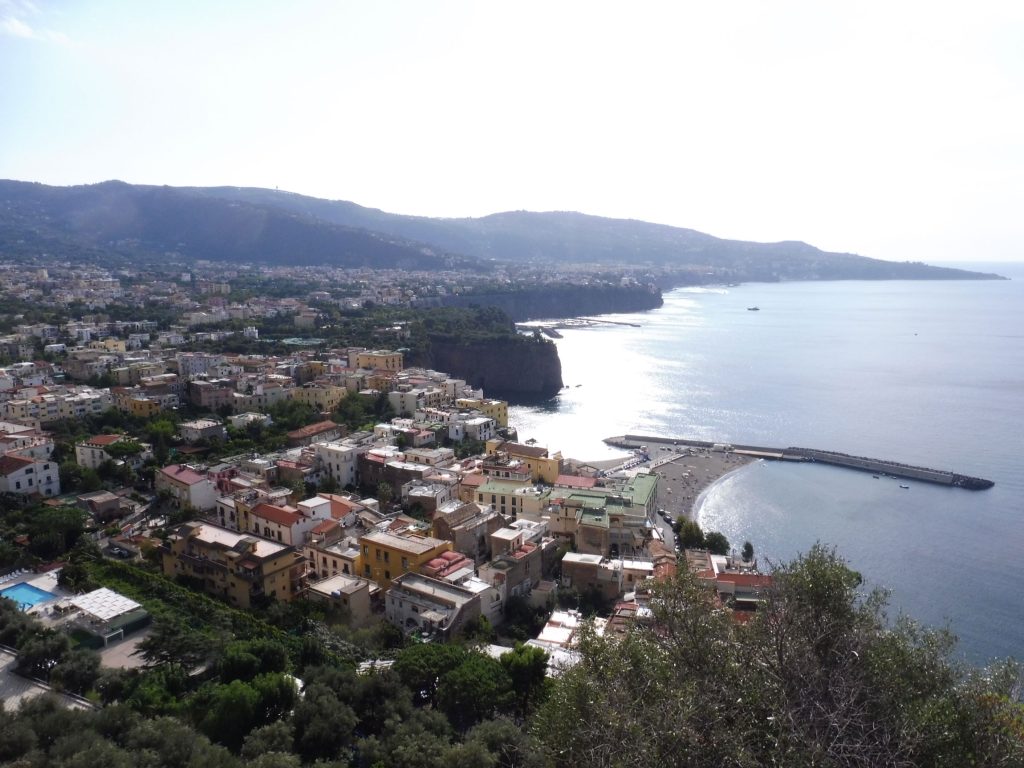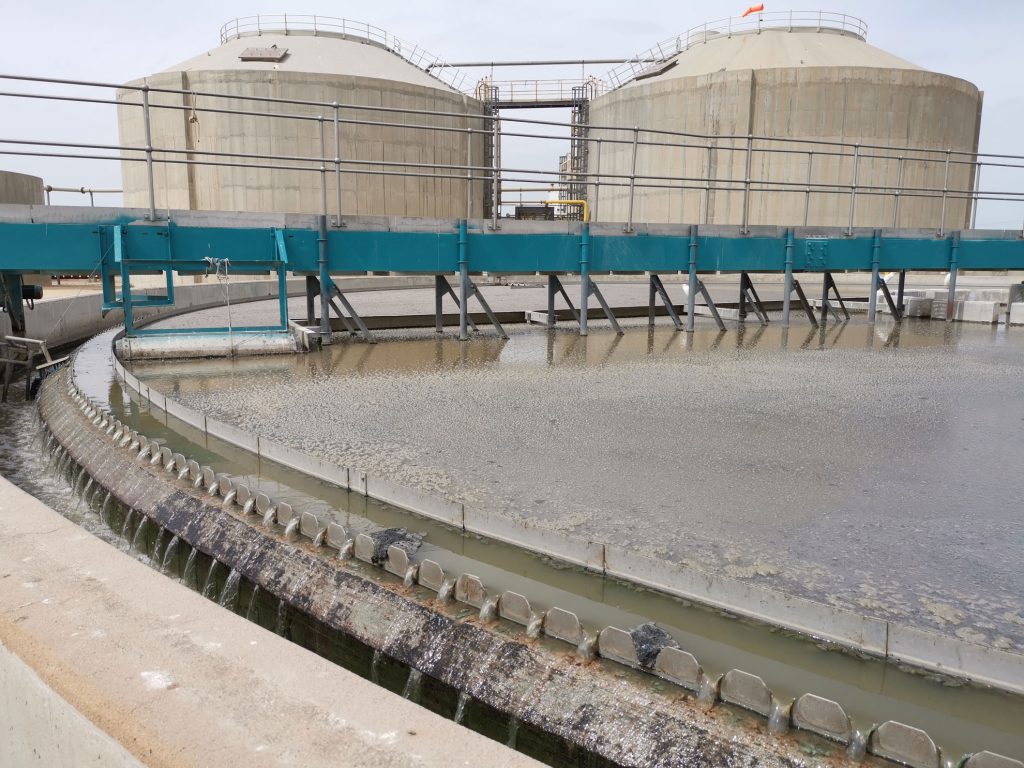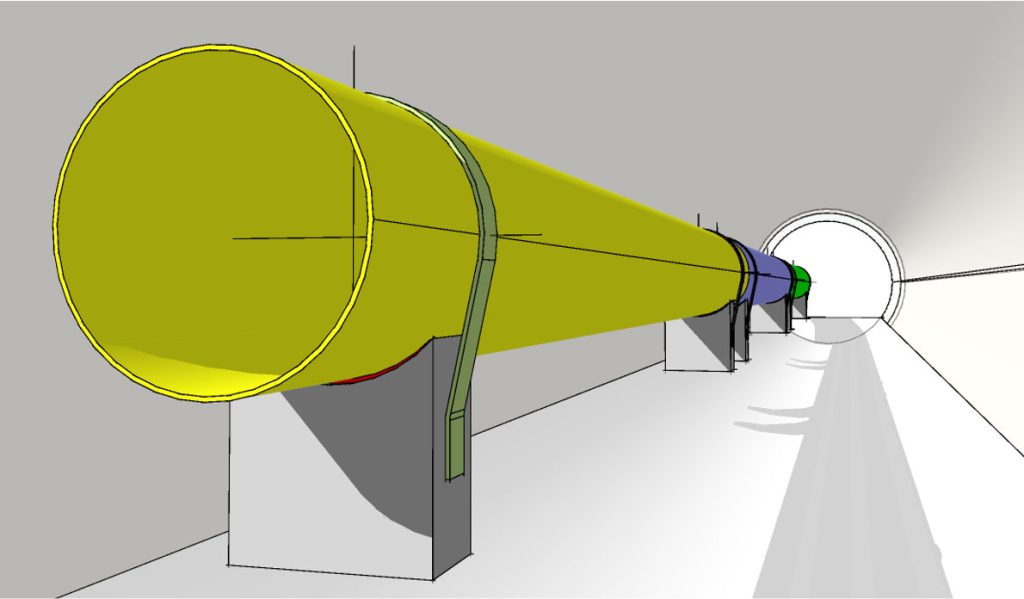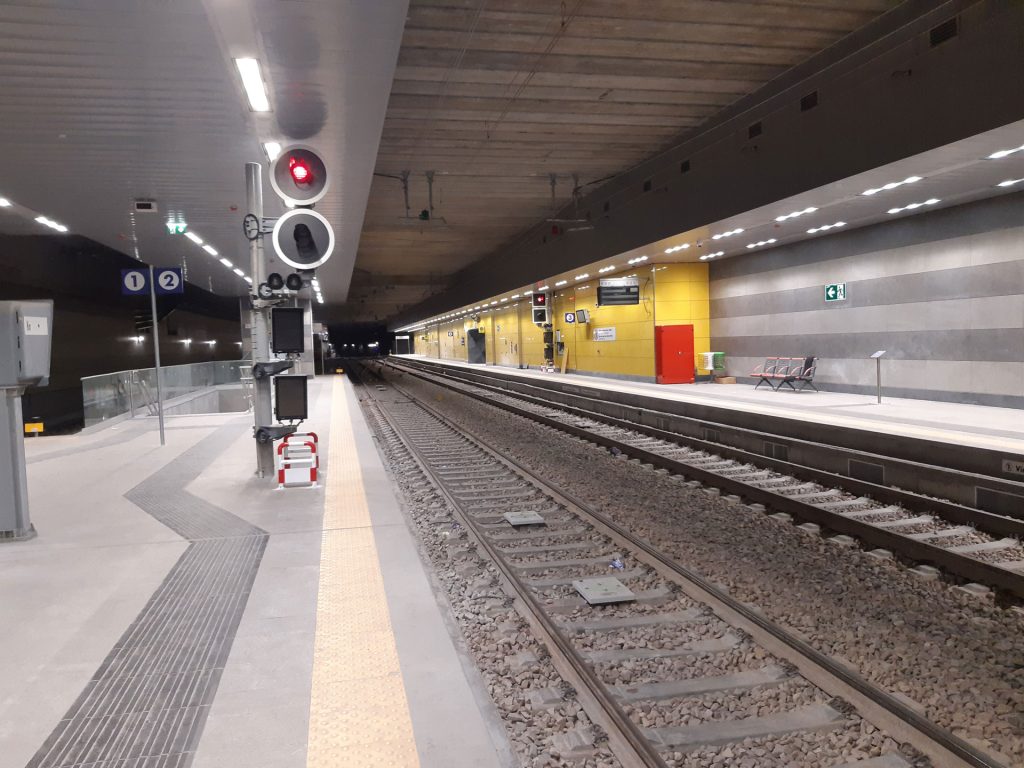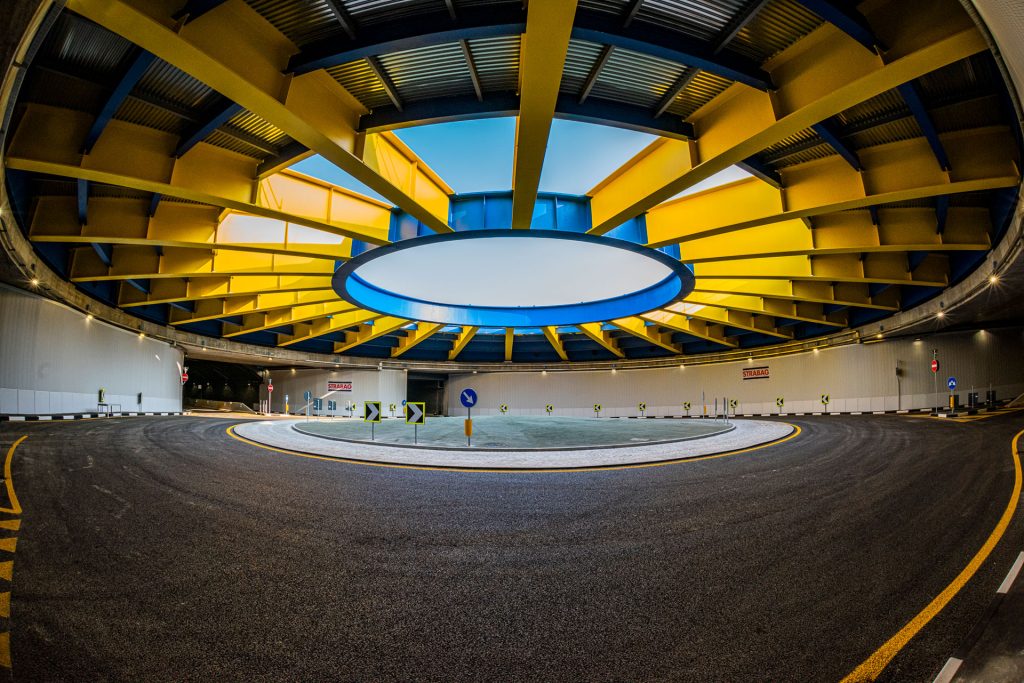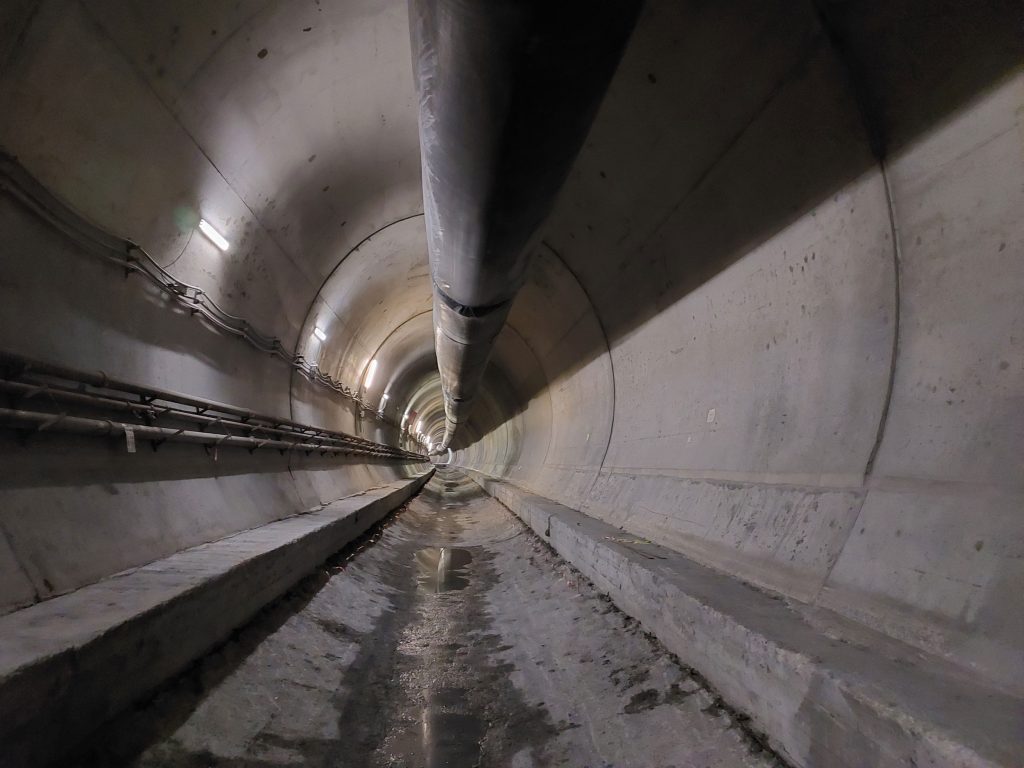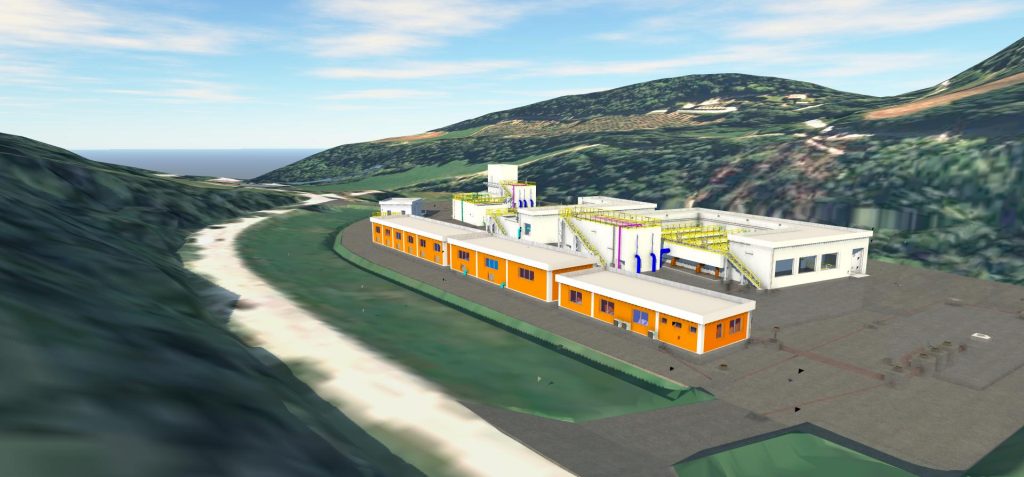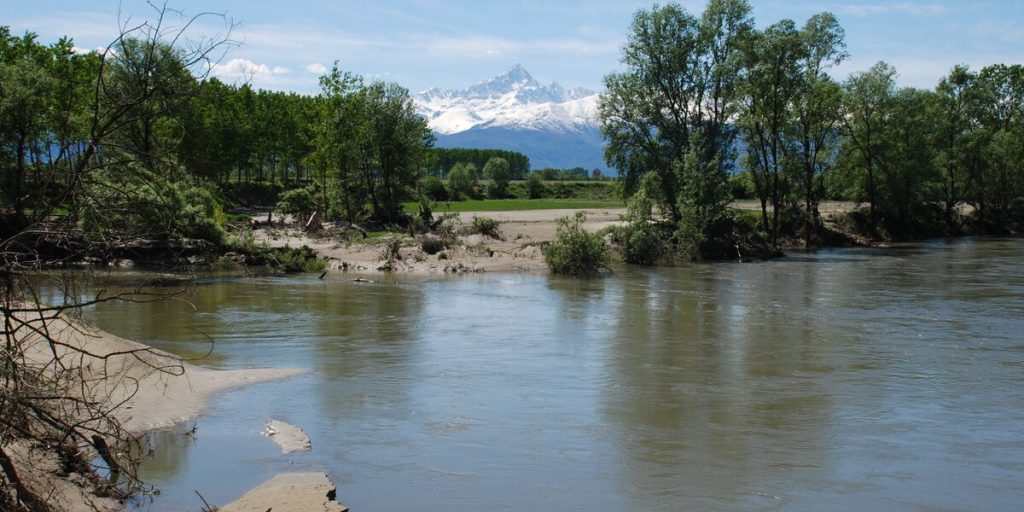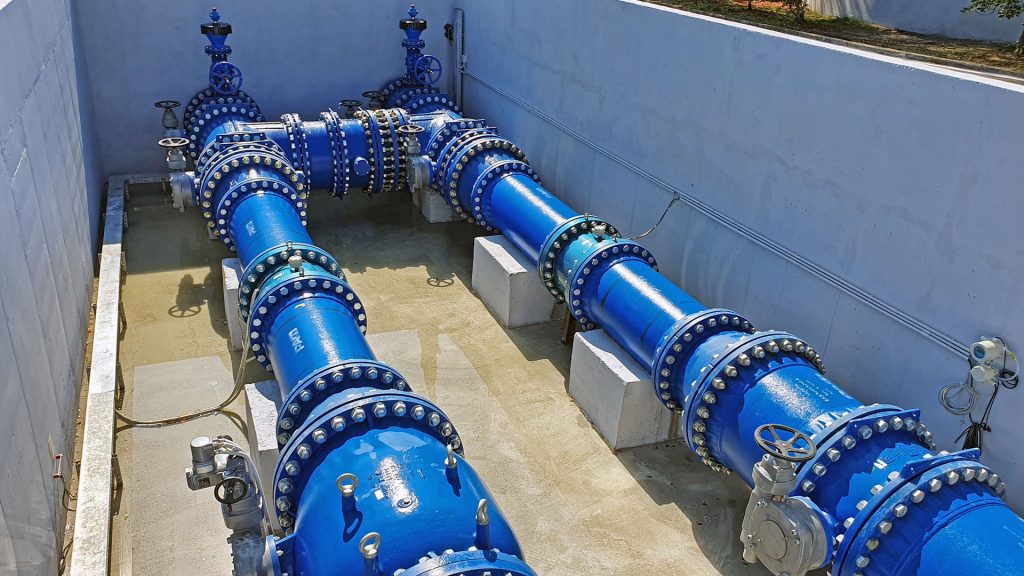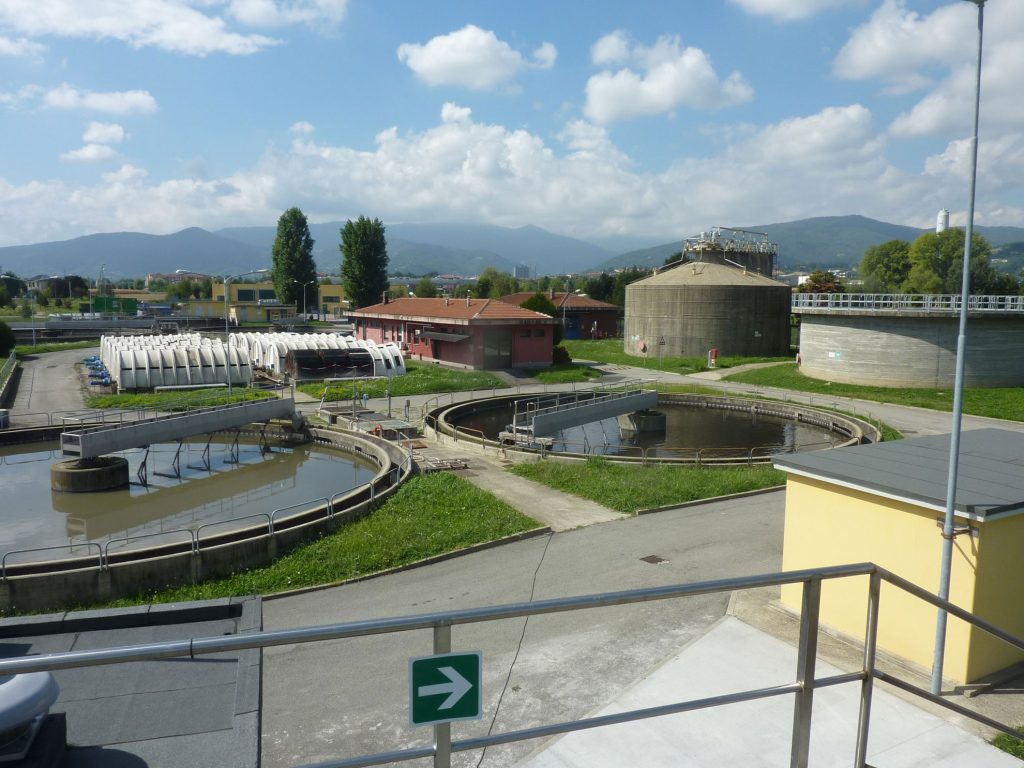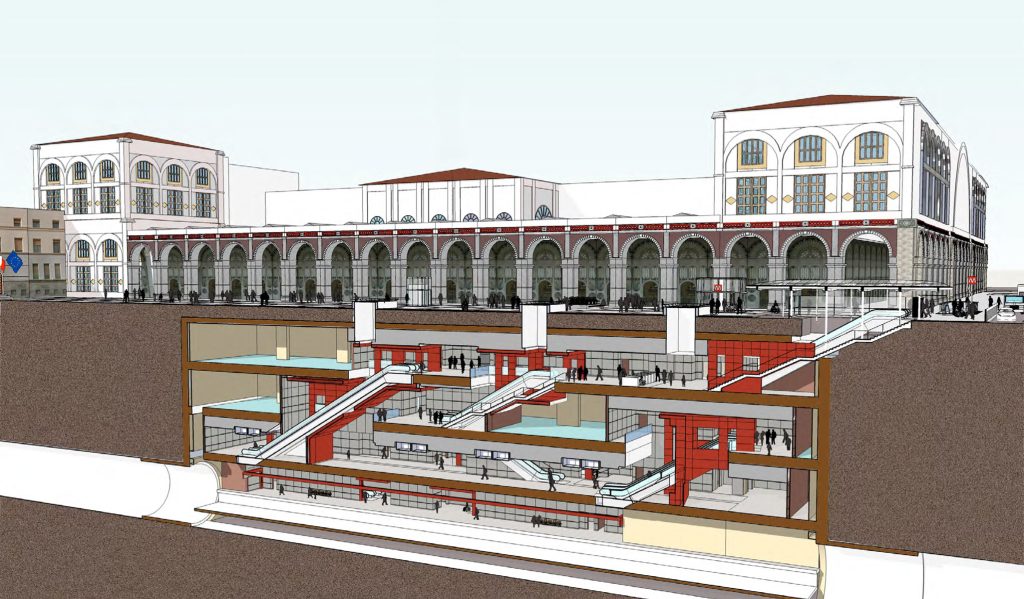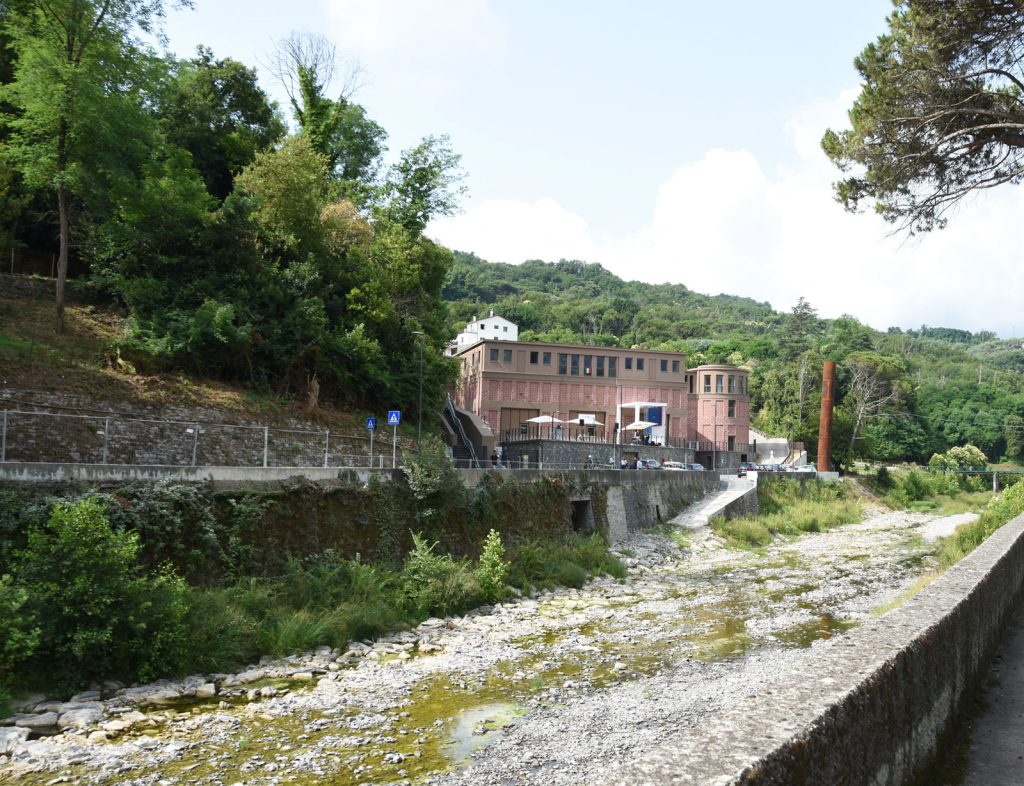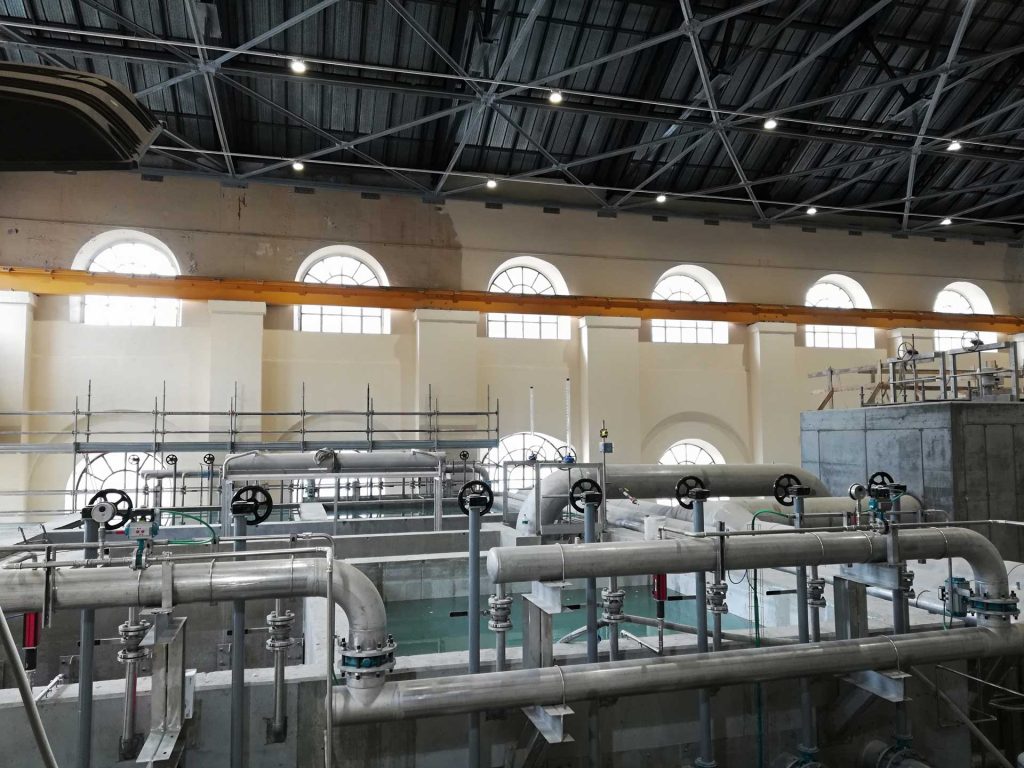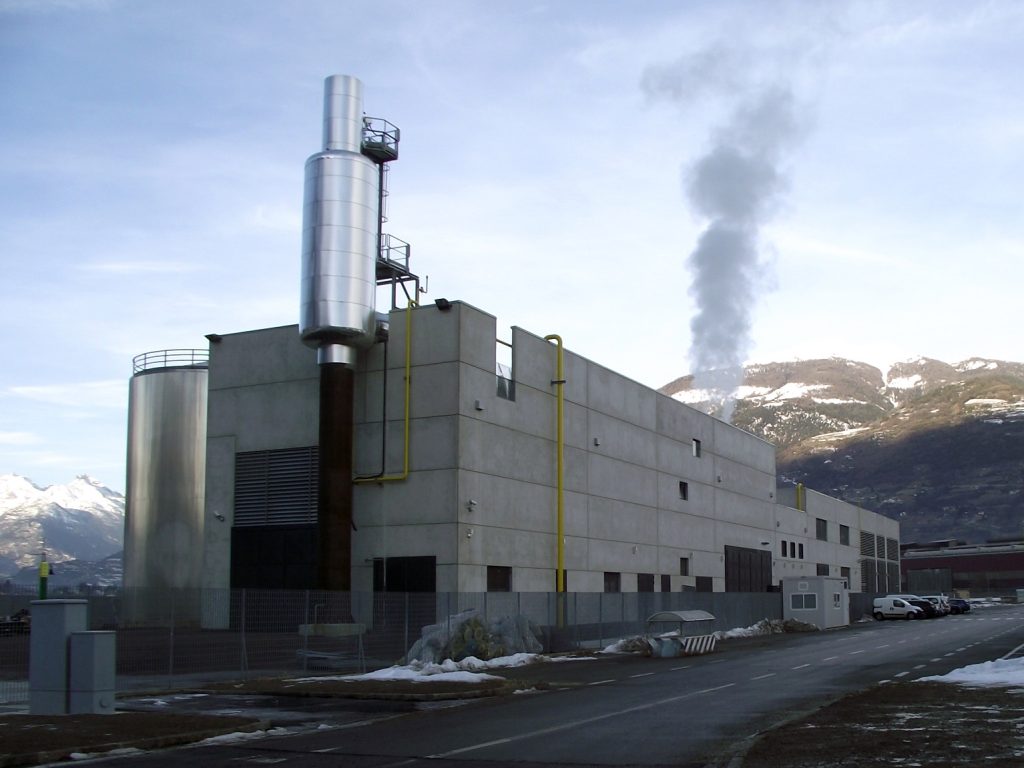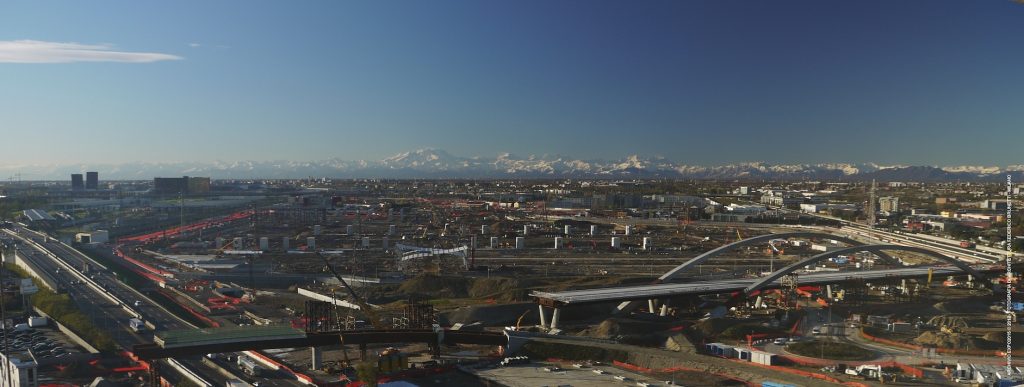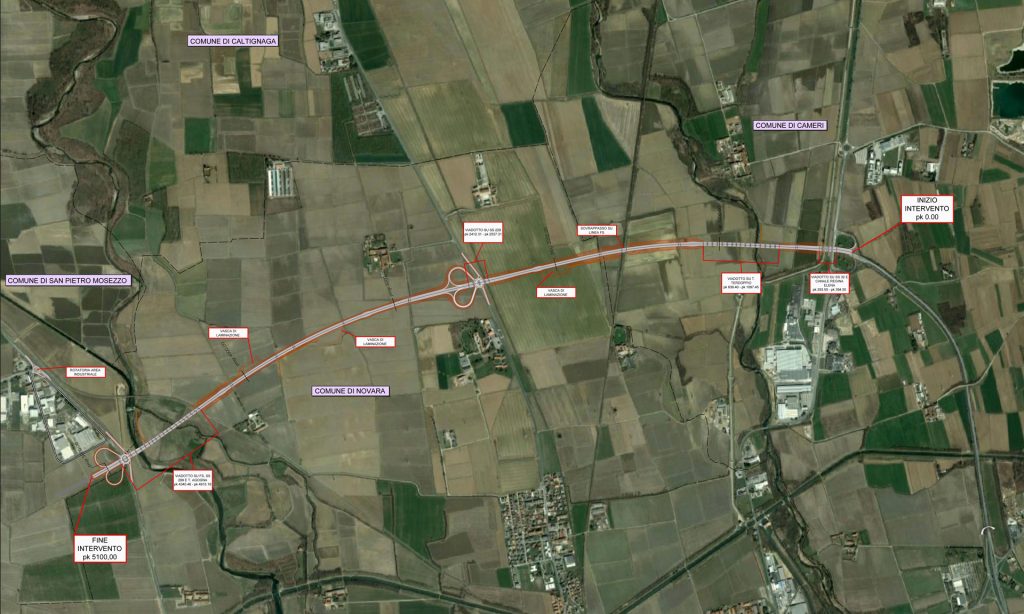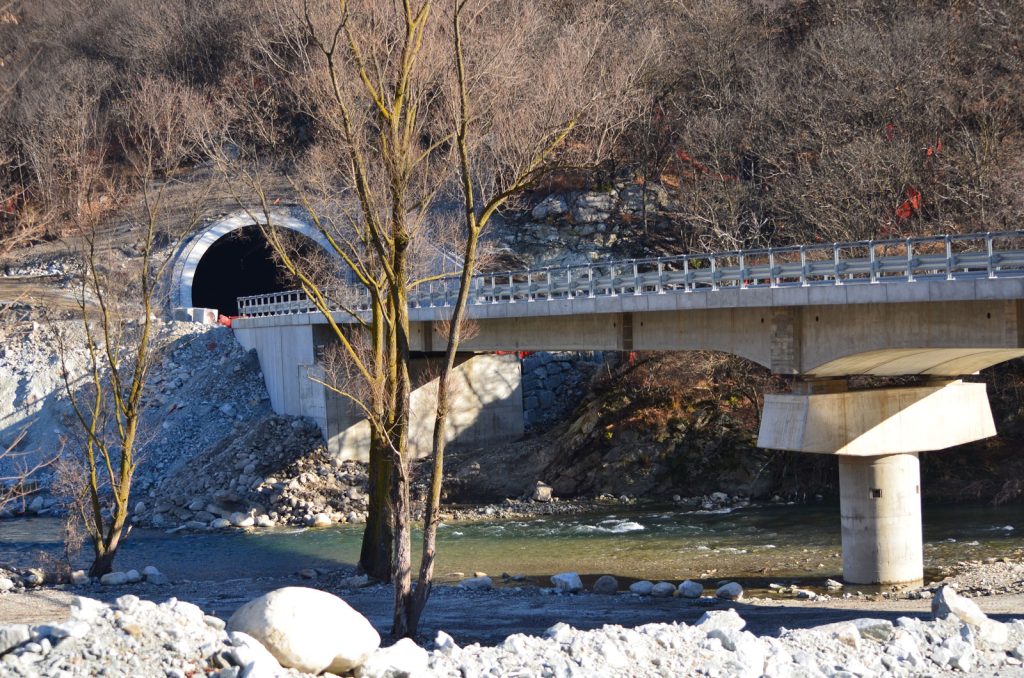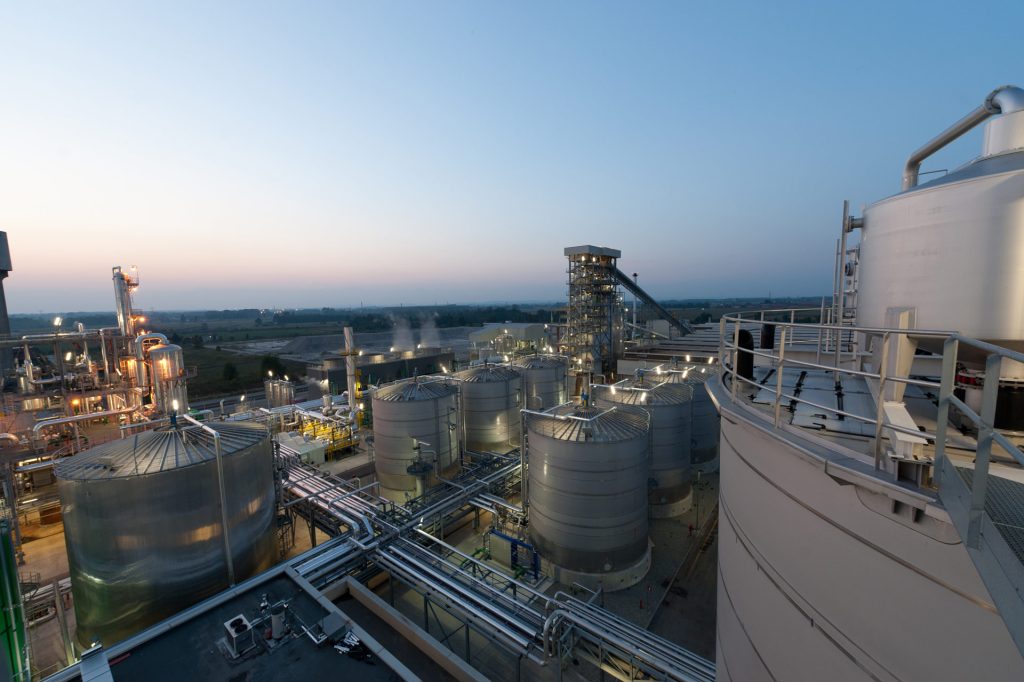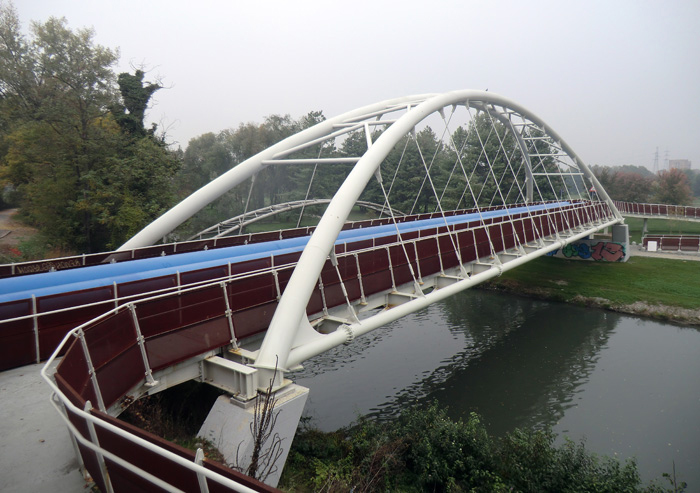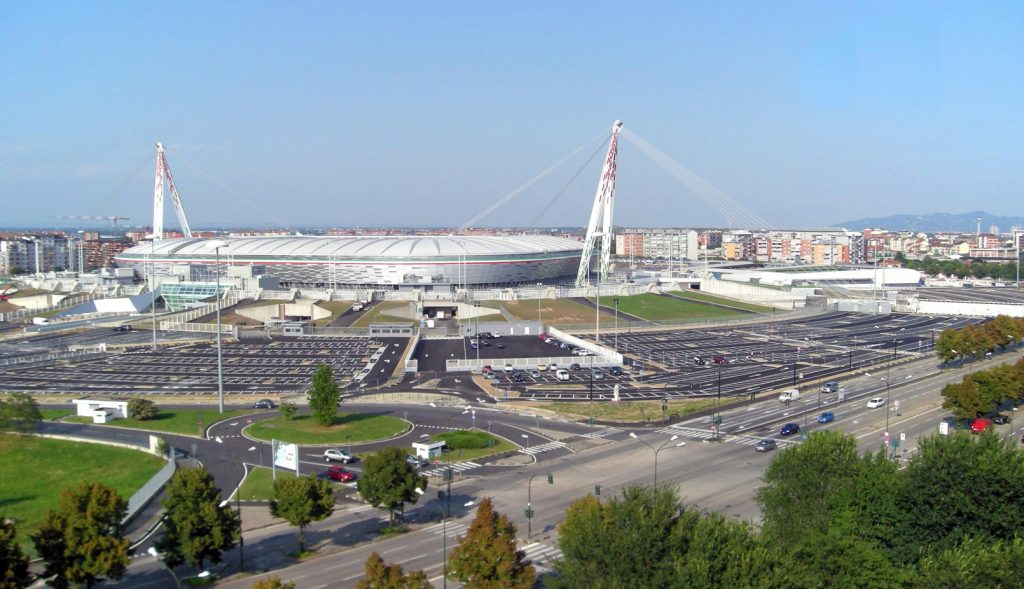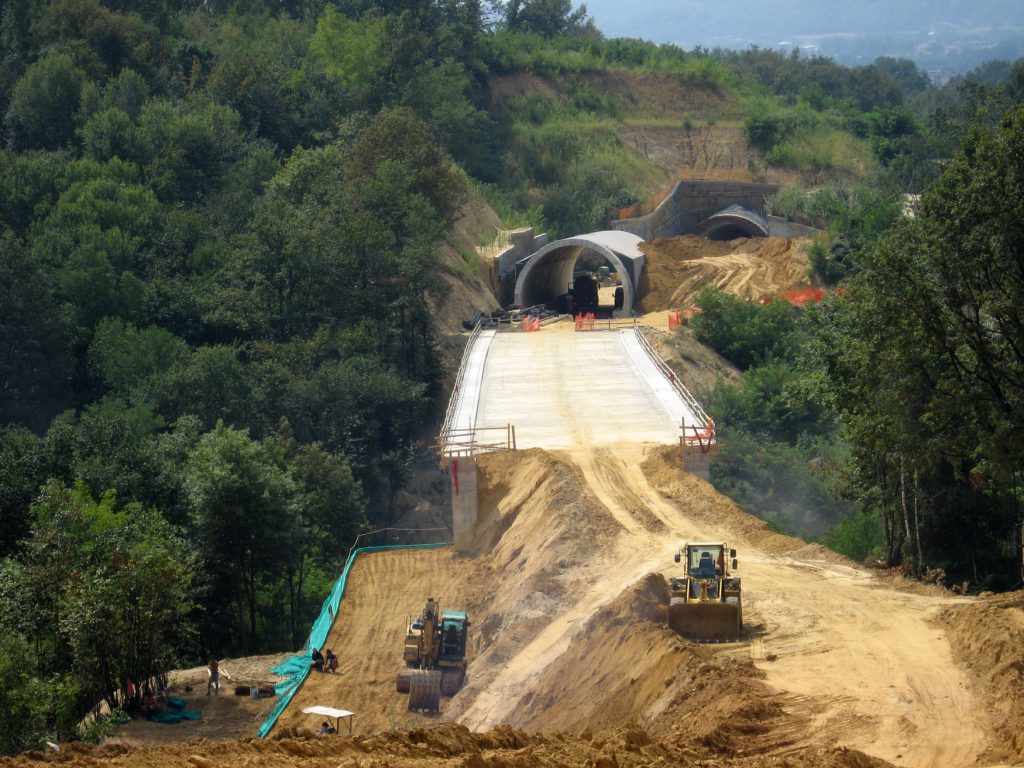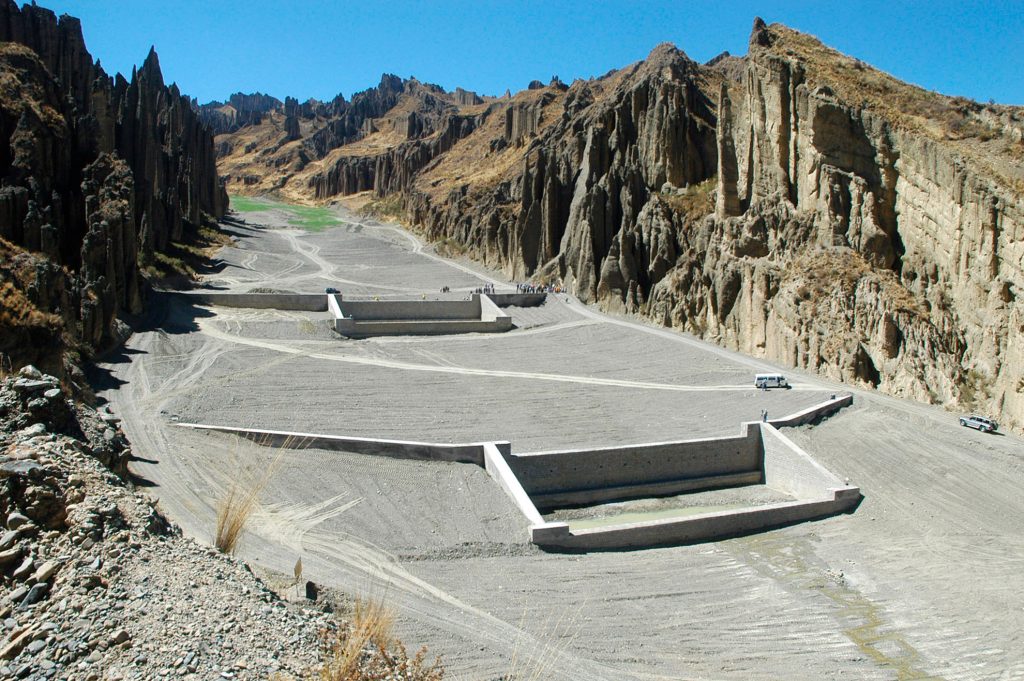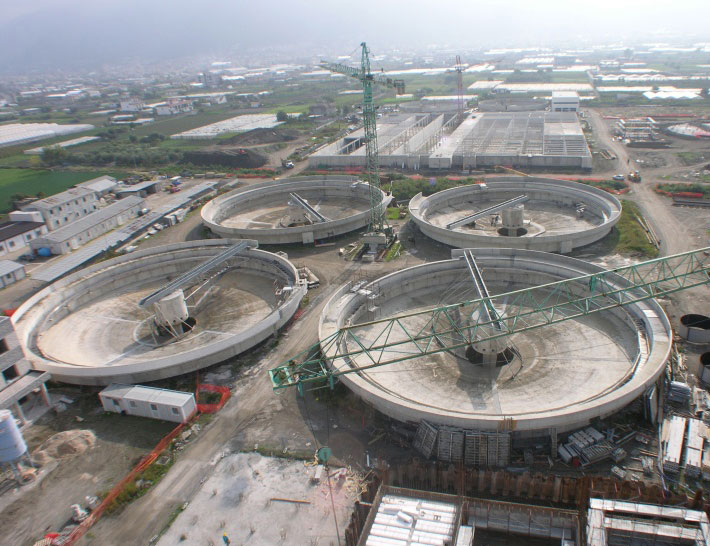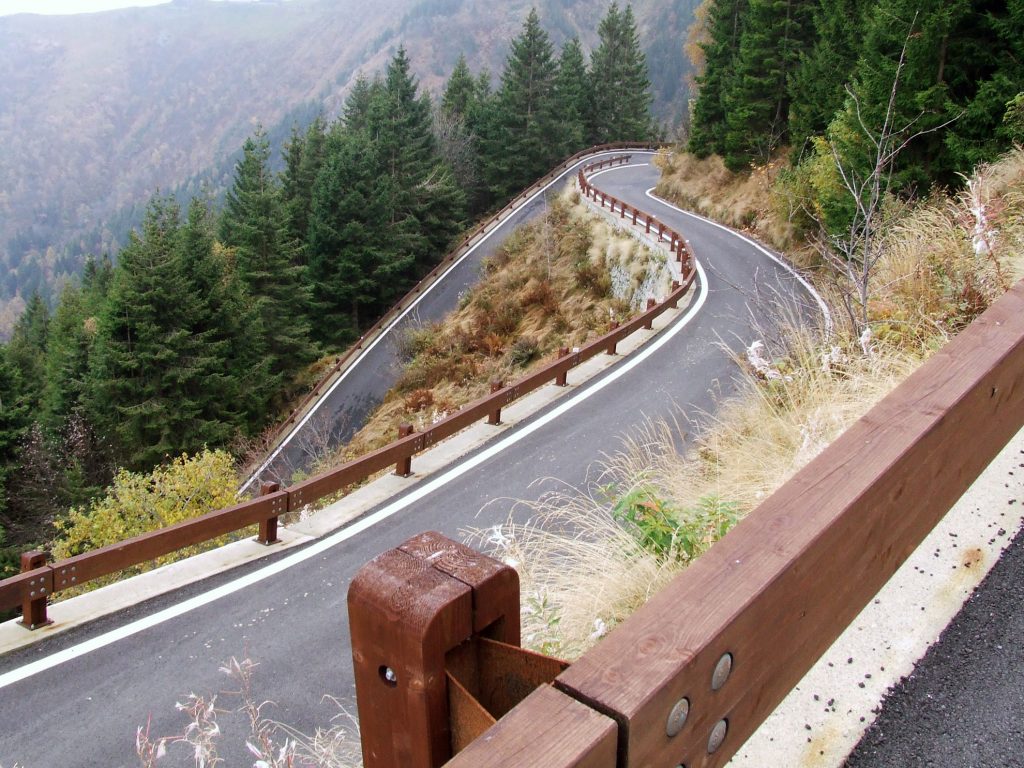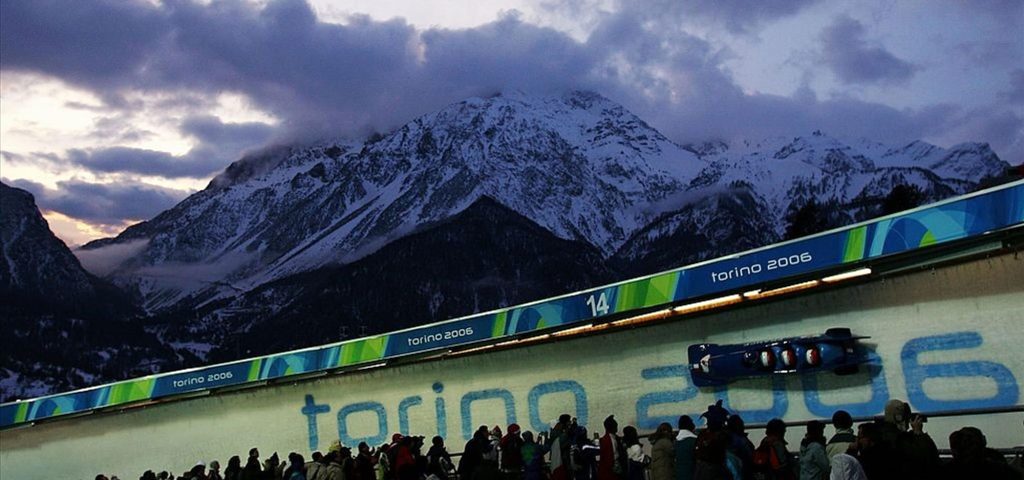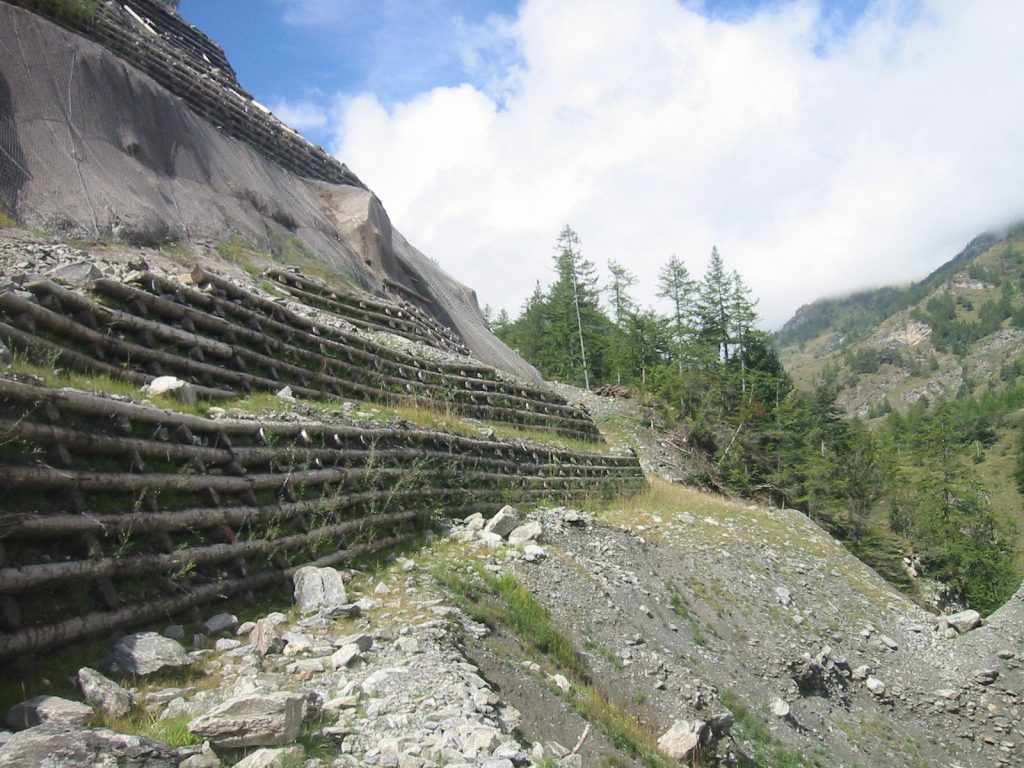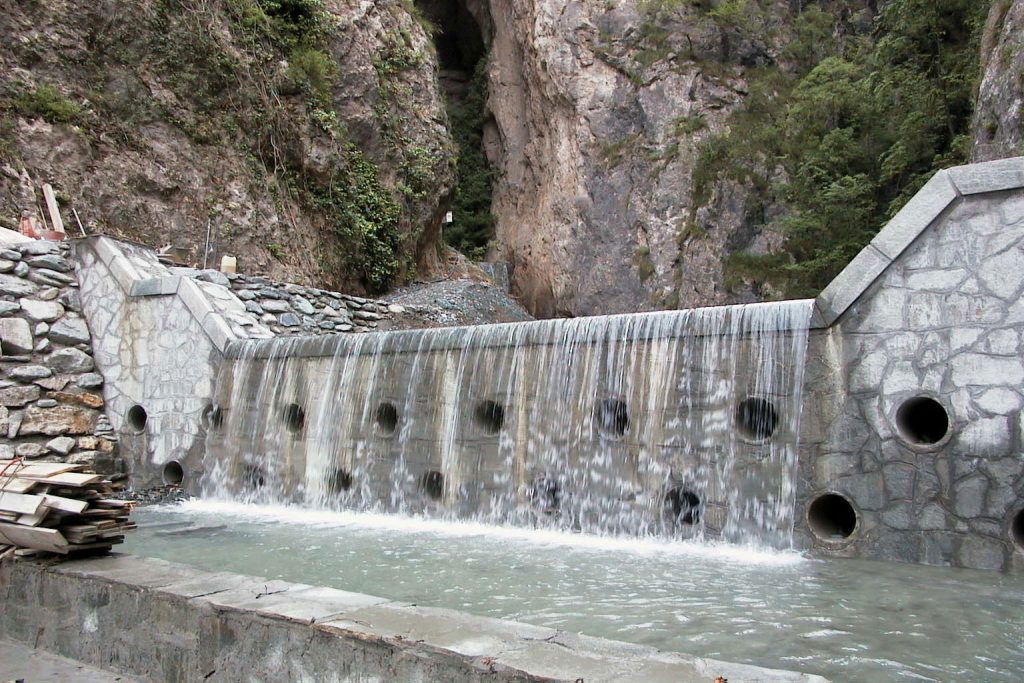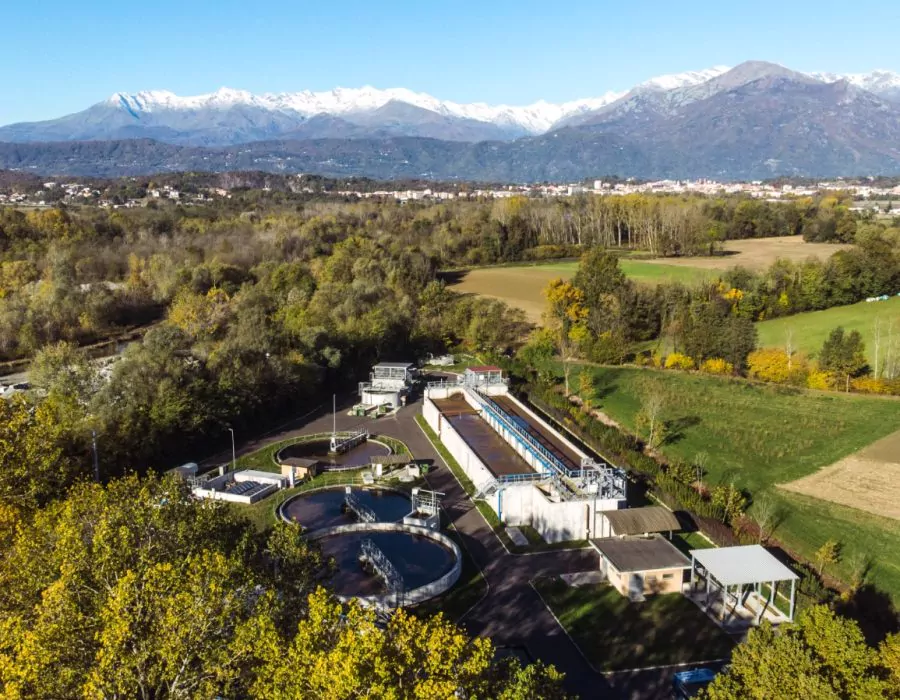
Wwtp improvement and conformity to legal requirements
Customer: SMAT – Società Metropolitana Acque Torino S.p.A. (Torino Water Utility)
Years: 2007 – 2020 (Built)
Activities: Environmental feasibility, Preliminary and Final Design, Site Supervision, Quantity Survey, Control of worker’s safety on site (HS
Project cost: Euro 6.5 mln of works
Datas: 33,000 equivalent inhabitants | treatment capacity: 12,600 m3/day
The Ivrea East consortium wastewater treatment plant, in operation since the early 1980s, was at the limit of its treatment potential; peak loads could generate difficulties in ensuring proper sludge stabilization and compliance with the concentration values of pollutant parameters at discharge.
This, combined with the provision of new connections and the need to comply with restrictive limits for Ptot and Ntot (as required by the Piedmont Region’s Water Protection Plan), forced a revision of the process scheme and layout of the existing plant with an increase in the treatment capacity from 26,000 to 33,000 AE.
In order to overcome the critical operational issues of the plant, several interventions were planned to combine purification yields, operational reliability and ease of operation.
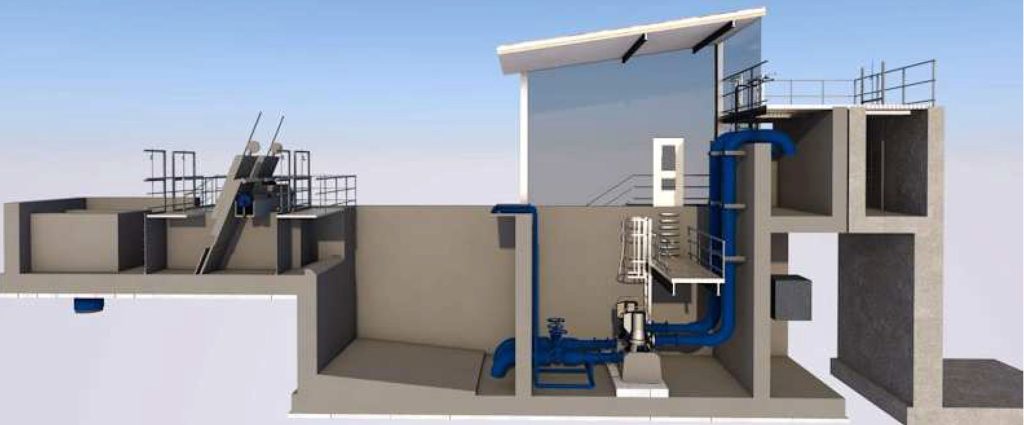
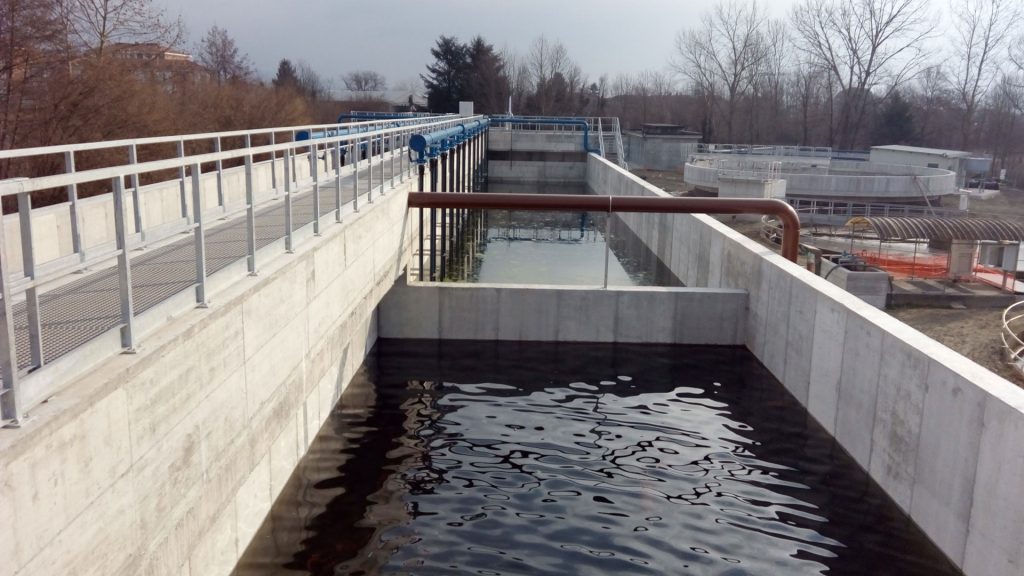
The planned and subsequently implemented interventions included the following: upgrading the treatment capacity in terms of quality-quantity (design capacity 33,000 AE. ) through the removal of nitrogen (with pre-denitrification and nitrification sludge process) and phosphorus (with chemical precipitation process) and insertion of final finishing treatment with cloth filtration and UV disinfection; adjustment of the pretreatment section and oxygenation systems for both oxidation and sludge stabilization (through the replacement of mechanical surface aerators with fine bubble diffusers, so as to improve transfer yields and thus energy efficiency as well as reduce the production of aerosols and odors); complete arrangement of the sludge line in terms of both function and layout so as to allow functional handling of both incoming and outgoing external means of transporting dewatered sludge; adaptation of the electrical system for the automation of measurement and control of the plant’s functional parameters and a remote management of alarms in case of emergency and out of service. Lastly, the environmental and landscaping of the new works was designed with landscaping of green areas and internal roads.
